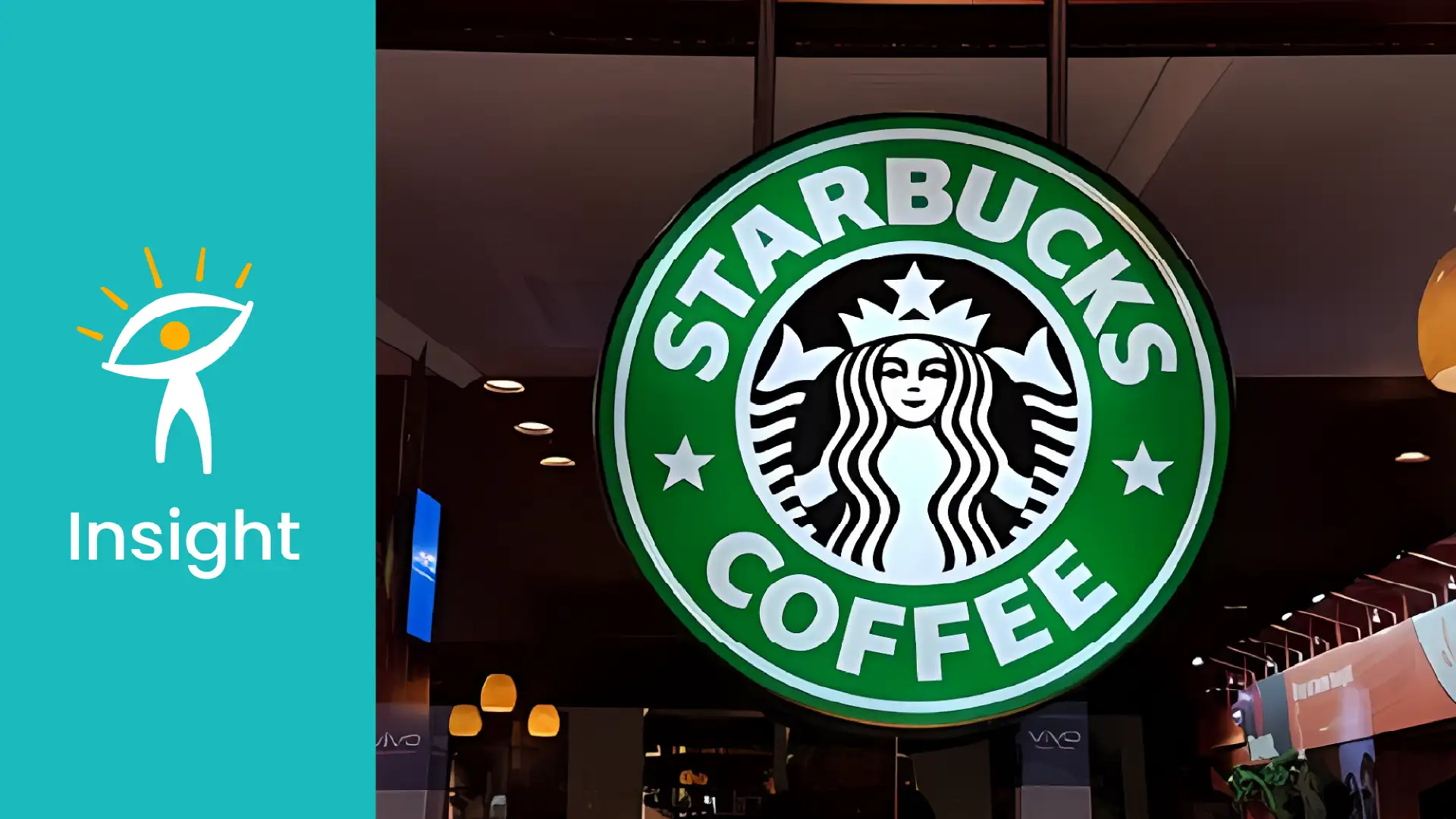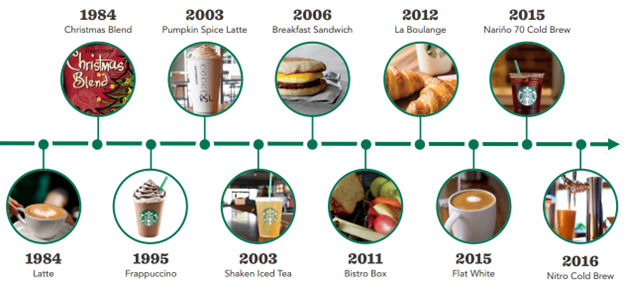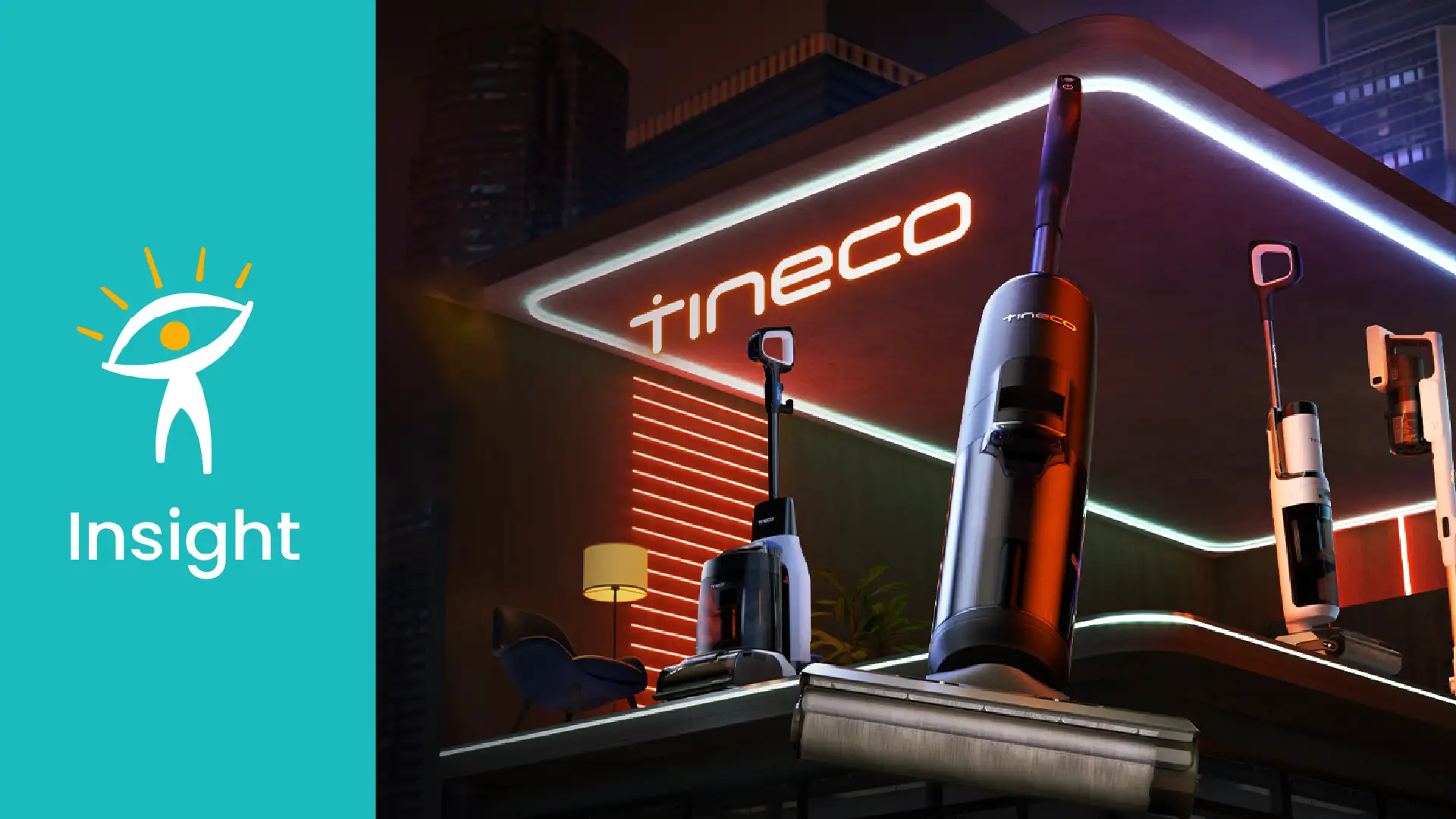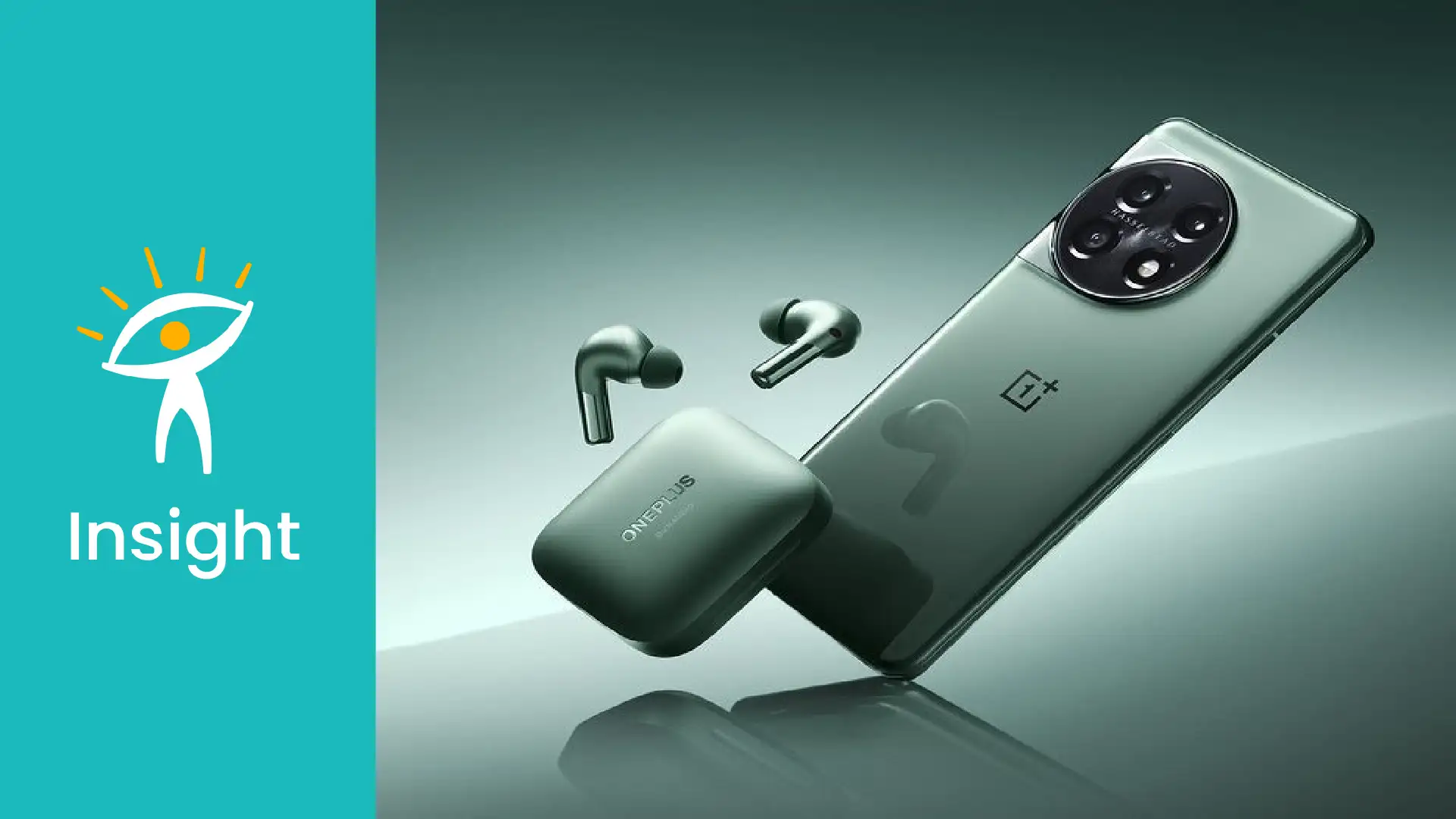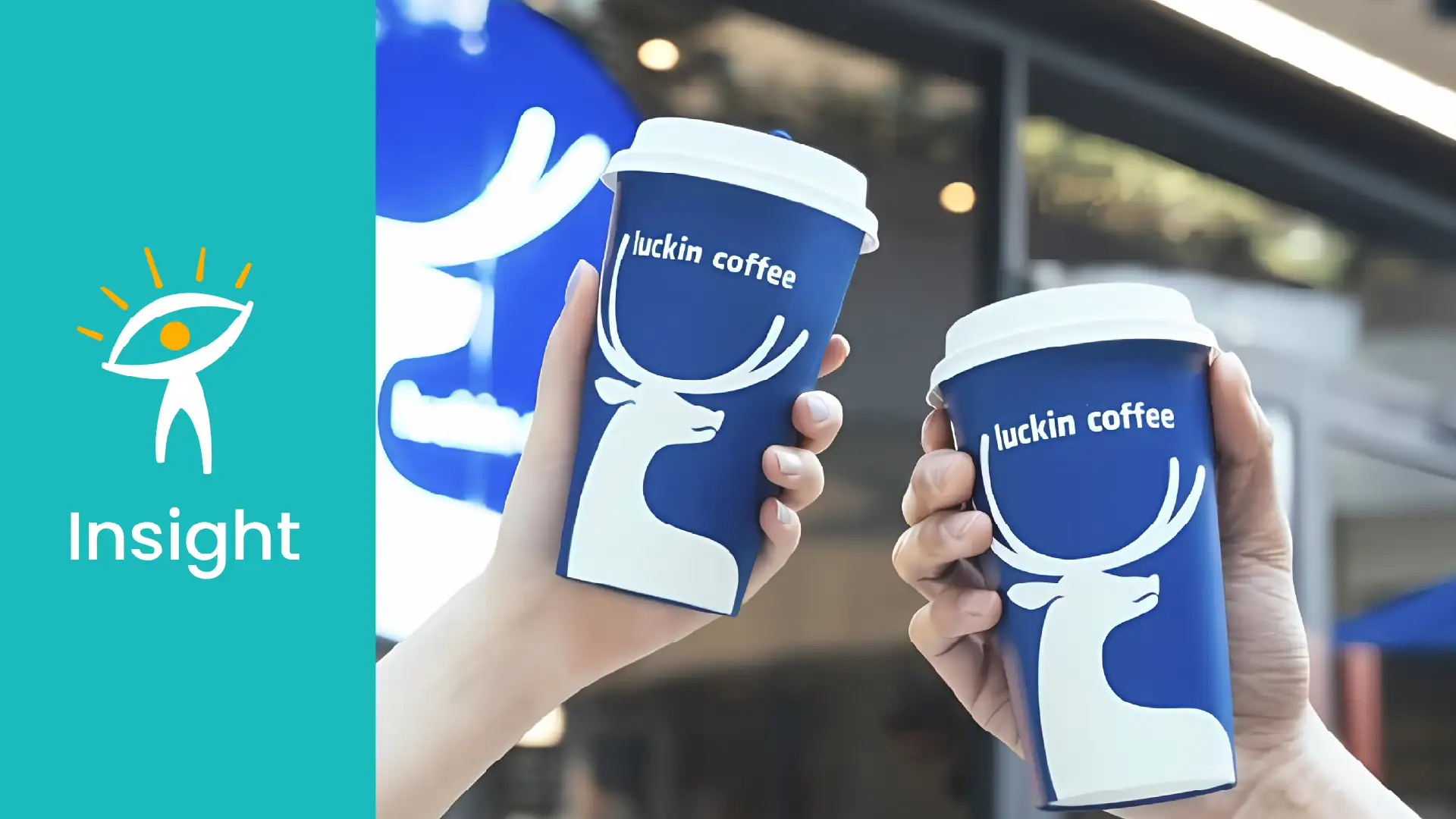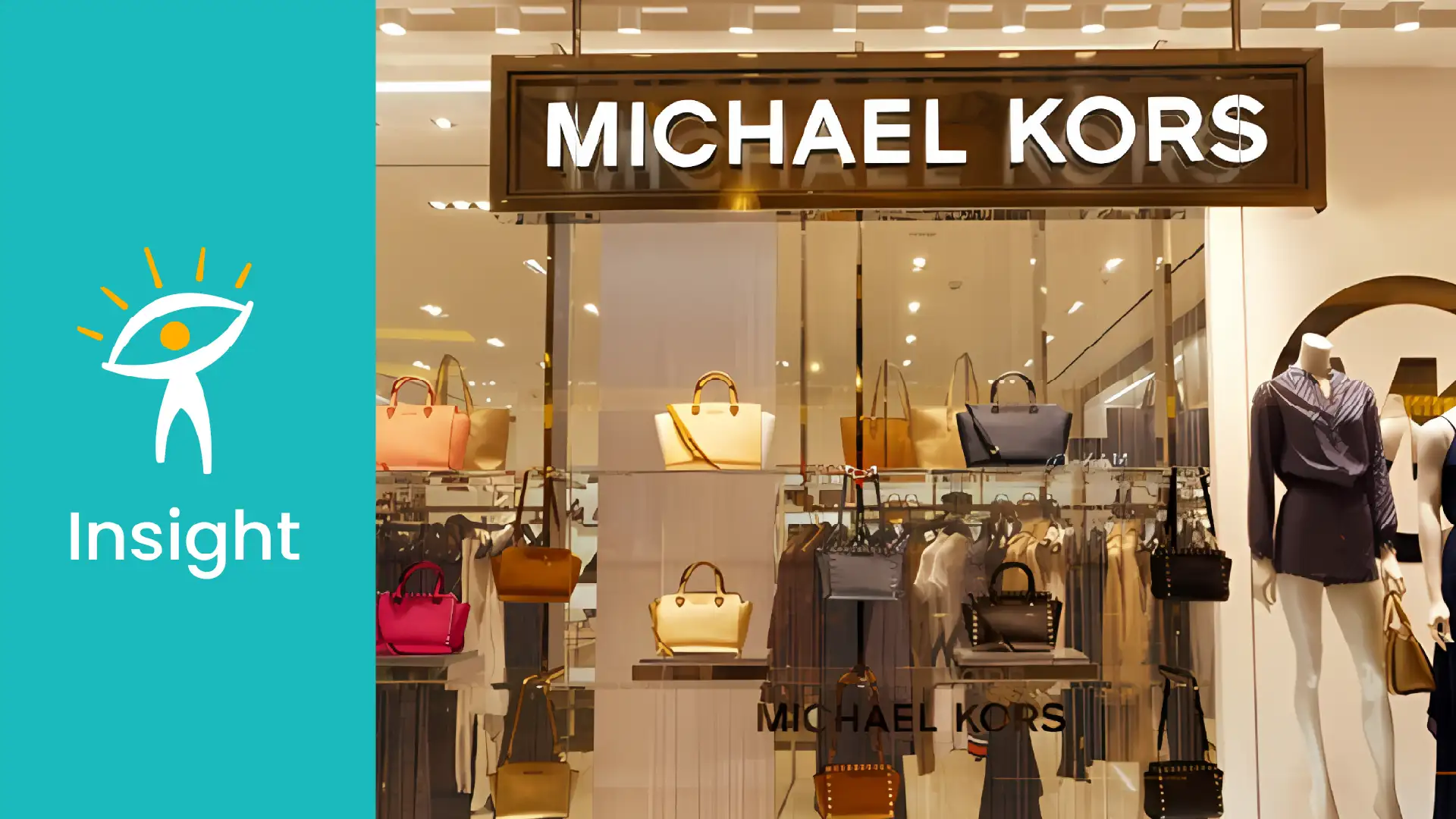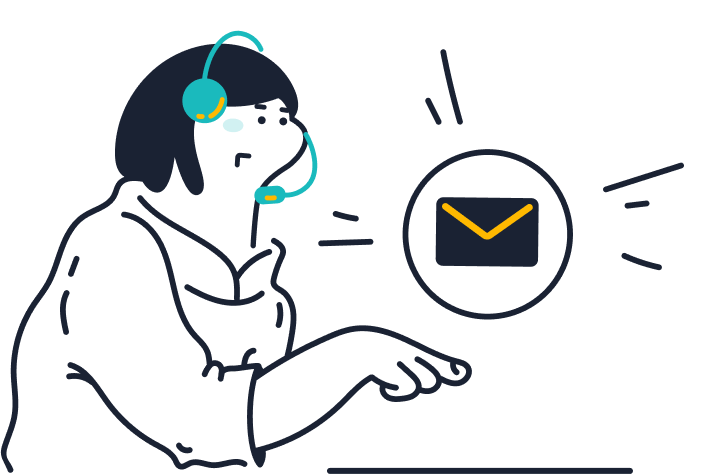In 1971, three coffee lovers and friends liquored together a store selling beans and gear in Seattle where Starbucks started life. It has since grown into one of the largest coffeehouse chains in the world, today there are over 36,000 stores worldwide, in more than 80 countries Source.
Already capturing 57% of the U.S. café market — making it more than a coffee company, but rather a consumer society staple — Starbucks has been positioned as an important player not just in the world of coffee but also in the ways that consumers think about their behaviors and lifestyle when it comes to their choices, worldwide. Source.
As per Fortune, Starbucks ranks among the top 20 companies on the most recent Fortune Customer Service 500 list, thanks to its devoted customer base, with earnings reaching nearly $36 billion in 2023. Source.
This article also reviews Starbucks’ customer service — online and offline-, Starbucks’ products, global its expansion, and its financial performance. In an in-depth examination of the company’s path, this enlightening insight seeks to uncover how Starbucks transformed into a progressive powerhouse that leads and shapes the coffee industry.
1. The Rise of Starbucks
Initially, the company focused on selling high-quality coffee beans and equipment, drawing inspiration from Alfred Peet, a pioneer in the specialty coffee movement. The founders envisioned a space that offered not just products but an experience centered around quality coffee and community.
In 1983, after visiting Italy, Howard Schultz — who had been hired by the company the year before — convinced Starbucks to start selling espresso, and his decision at that time was quite pivotal for the now massive corporation.
Schultz was fascinated by Italy’s coffee tradition and the conviviality of its cafés and wanted to recreate that atmosphere in America. The split even made Schultz quit Starbucks for a while, before opening up his chain store, II Giornale, which became a success. Source.
The original owners of Starbucks put up the company for sale in 1987 and Schultz bought it for $3.8 million. He turned it into a coffeehouse chain with an emphasis on espresso-based beverages and confectioneries.
When it went public in 1992, Starbucks had reached 140 outlets and $73.5 million in revenue—a huge leap beyond the company’s early history. Source.
2. Starbucks Product Portfolio
As Forbes points out, the ability of Starbucks to innovate its product portfolio while sticking to its knitting has been a major driver of loyalty and success.Source.
Starbucks has spun out a diverse product portfolio that reaches far beyond its original brewed coffee. Starbucks offers a wide range of drinks, including teas and cold brews, blended beverages like Frappuccinos. Breakfast sandwiches, salads, and pastries have also become essential components of the menu.
Starbucks has also been at the forefront of innovative beverages. The launch in 2015 of cold brew coffee, followed by nitro cold brewed coffee, has altered the way customers drink iced coffee.
Starbucks said in 2023 that cold drinks made up 75% of all beverage sales. The younger consumers pushing this trend indicate a significant shift. Source.
Further, Starbucks has embraced technological advances in order to help customers have a better experience. With the introduction of the Cold Pressed Cold Brew system, they now can have a better service that offers faster production times which lead inevitably to increased efficiency yet still maintains high-quality products.
In addition, Starbucks has remained relevant with products such as the Starbucks Baya™ Energy drink and ready-to-drink versions of best-selling beverages. Source.
3. Starbucks’ Customer Service Strategies
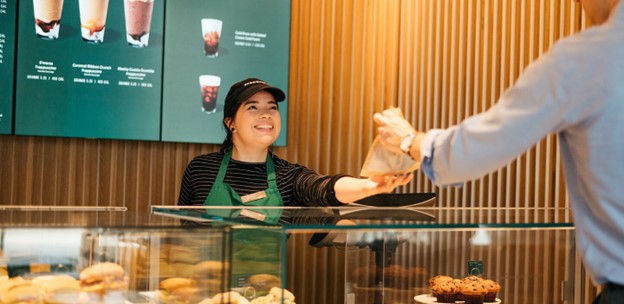
Image Source: Starbucks
I. In-Store Experience: The “Third Place”
Schultz embraced this vision, and the idea of Starbucks as a “third place”—the place you go when you need to lounge outside of work or home—became integral to the brand. His famous quote is that his company hopes to “inspire and nurture the human spirit – one person, one cup, and one neighborhood at a time”. Source.
The ambiance is carefully curated with comfortable seating, soothing music, and free Wi-Fi, making it an attractive destination for individuals seeking a break from their daily routines.
To enhance this experience, Starbucks invests significantly in barista training. Baristas are encouraged to engage with customers, remember their names, and recall their previous orders.
As noted by Starbucks’ mission statement, they aim to “create inspired moments in each customer’s day” through anticipation, connection, personalization, and ownership of the service experience. Source.
II. Personalization Through Customer Preferences
Starbucks customer service strategies excel at utilizing customer data to tailor drink suggestions and special offers. By tracking purchase history and preferences, the program allows Starbucks to offer personalized promotions that resonate with individual customers.
This is particularly evident in the Starbucks Rewards program, which has more than 30 million active US members in Q1 2024. The program tracks customer purchases and offers personalized promotions based on their drink preferences and order history. Source.
This type of personalization extends to more than just promotions. Through the Starbucks mobile app, customers can customize their orders to their exact specifications, save their favorite drink combinations, and easily reorder with a single tap.
This level of convenience not only enhances the customer experience but also deepens loyalty. Mobile orders accounted for 25% of U.S. sales in 2023, according to Starbucks’ quarterly reports. Source.
III. Starbucks Rewards Program
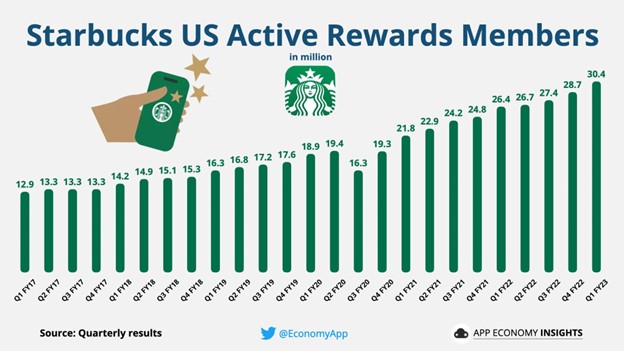
Image Source: Brand Vision
The Starbucks Rewards Program is a highly effective component of its overall customer loyalty strategy. Customers who sign up for the program receive points on each purchase that can be cashed in for free beverages or food.
By establishing a reward system like this, Starbucks ensures that customers will return and provides the coffee chain with essential data about what their customers are looking for.
An example of the Starbucks customer service strategies is the personalized offers that members receive based on their purchase history, which greatly enhance the user experience and create a sense of value.
IV. Starbucks Customer Feedback Systems: Listening and Responding
Starbucks employs a range of methods that allow customers to provide feedback including on-site questionnaires, mobile apps for customer service responses, and online feedback forms which take the digital sign. The company actively analyzes this feedback to identify areas for improvement and ensure that customer concerns are addressed promptly.
For instance, Starbucks launched the “My Starbucks Idea” initiative, a program that allows customers to submit their ideas directly to the company.
In the food and beverage industry, the Starbucks app has become one of the most popular according to Forbes — with 17 million users, while its Reward Program has 13 million active members. Source.
4. Starbuck’s Online Customer Service
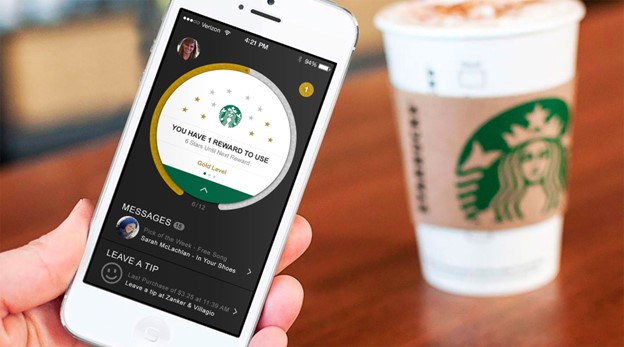
Image Source: Jay Samson
I. Mobile App and Website
The Starbucks mobile app is one cornerstone of the company’s online customer service. It allows customers to place orders and pay right from their phones.
By 2022, the app accounted for nearly 25% of Starbucks transactions, reflecting its large role in customer engagement and convenience. Source.
The app includes a full-service Starbucks Rewards program, where users can earn points (or “stars”) on every purchase. These stars can be redeemed for free beverages at Starbucks, as a result, the app generates repeat business.
Also, the Starbucks app is one of Starbucks’ major advertising tools. The company often runs special promotions and offers digital coupons exclusively through it. This encourages active use of the app, brings traffic into stores, and promotes online sales. Source.
II. Digital Customer Support
Starbucks provides a comprehensive system of customer support through its mobile app and website. There is a detailed FAQ section on both platforms, covering everything from ordering and use of rewards to account management.
For continuous customer service, Starbucks employs AI-driven chatbots via digital platforms. For more specific inquiries or issues, customers can use the 24/7 chat support function or send a message through the website’s email resolution system. These digital support options ensure that customers can easily find help without needing to visit a store.
Starbucks also places a high priority on social media regarding customer support, and much of its strategy can be seen across Twitter and Facebook. Source.
For instance, Starbucks’ Twitter account regularly fields questions about store hours, menu items, or loyalty points, often responding within minutes. This level of responsiveness helps maintain customer satisfaction and positions Starbucks as a brand that is always listening to its customers.
III. Integration of Artificial Intelligence (AI)
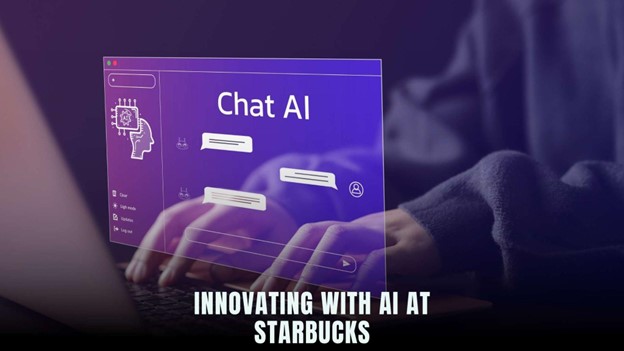
Image Source: Starbucks
Starbucks has turned to artificial intelligence (AI) as a superb innovation for reducing shortcomings in customer care services and operational efficiency. The heart of the AI engine is Deep Brew, introduced in 2019 to power personalized marketing and interaction with customers.
Deep Brew also makes real-time personalized product recommendations by sifting through mountains of data—such as what a customer might have bought in the past, the time of day, and even the weather.
Starbucks has seen success with this higher degree of personalization, as it reported reaching more than 17.6 million active Rewards program members in 2019, a growth rate of 14%, in large part due to its focused marketing strategies. Source.
IV. Voice Ordering and Customer Interaction
In addition to personalized recommendations, Starbucks has integrated voice ordering capabilities through its mobile app. Additionally, this feature helps the user to place their order using voice commands which makes it more interactive and easy for customers to use.
The virtual barista has an understanding of natural language and Nuances, so orders are accurately captured, allowing the mobile order and pay feature to be seamlessly processed. Source.
As AI continues to shape Starbucks’ customer service, the company’s focus on blending technology with human touch positions it as a leader in delivering seamless, efficient, and personalized service.
5. Collaboration With Third Party Platform
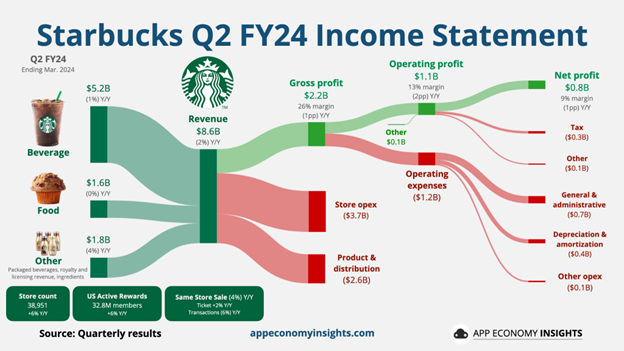
Image Source: App Economy
I. Amazon Go
Starbucks teams up with Amazon Go to offer a cashier-less, checkout-free experience to its customers. The use of Amazon Go’s “Just Walk Out” technology, which employs sensors and artificial intelligence to track what customers pick up and put down allows Starbucks customers to simply grab their coffee and food items without waiting in line to pay. Source.
The partnership originally came to light when Amazon Go stores opened in select cities like New York, where the Starbucks Pickup with Amazon Go collaboration became available to customers. The stores will feature a blend of Starbucks’ existing mobile order and pay technology with Amazon’s “Just Walk Out” cashier-less system. Source.
CNBC reports that these stores are proving popular — especially during busier times of the day like morning rush hour. Source.
II. Alibaba
Starbucks has combined its app with China’s top digital payment platforms WeChat and Alipay, allowing its customers to seamlessly pay for their orders via their preferred options.
In this way, this is a fair case of progress and more than 85% of the installments in China are done through mobile platforms.
Starbucks teamed up with Alibaba’s food delivery platform, Ele. me, to introduce Starbucks Delivers in China. Ele. I’s an extensive delivery network, covering over 2,000 cities in China, enables Starbucks to offer fast, reliable delivery service to a Chinese customer. Source.
Additionally, Starbucks has partnered with Alibaba to create a “Starbucks Now” feature, which integrates mobile ordering with delivery services, offering customers in China an even more convenient way to enjoy Starbucks products. Source.
III.Uber Eats: Expanding Delivery Options
Starbucks’ partnership with Uber Eats has greatly widened its delivery options. Starbucks has expanded its delivery efforts through Uber Eats with the increasing demand for food and beverage delivery, especially during the COVID-19 pandemic.
The service began in such places as San Francisco and rapidly expanded to major cities like Chicago, New York, and Los Angeles. Starbucks delivery sales have seen steady growth year over year since the partnership has been considered a success.
According to Roz Brewer, former COO of Starbucks, “We know we have untapped customer demand for Starbucks Delivers… we’re building on key learnings from past delivery pilots”. Source.
6. Future Trends of Starbucks
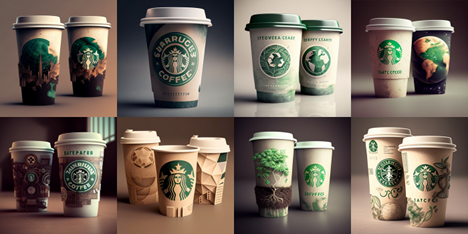
Image Source: UX Planet
As Starbucks looks ahead, the company continues to evolve and innovate, focusing on several key trends that are poised to shape its future. The future trends of Starbucks are as follows;
Global Expansion Plans
Starbucks steers the ship toward planetary domination with plans to have a total of 55,000 worldwide locations by [2030] goals for global growth. The plan is extremely ambitious and represents a vote of confidence in sales growth both in emerging markets, where the acceleration will take place, and in more established regions such as the U.S. and China. Source
Strengthening Digital Capabilities
Starbucks is also determined to improve its digital offerings through partnerships with industry-leading technology companies such as Microsoft, Apple, and Amazon. Introducing AI into store operations through its Deep Brew platform will increase personalization and reduce costs. This focus on digital innovation has already resulted in record earnings and increased engagement in the Starbucks Rewards program. Source.
Sustainability Commitments and Climate Action
Starbucks announced a significant change of direction in 2020, pledging to become “resource-positive” by 2030. This means that not only will the company aim to “give more than it takes” from the planet, but it also hopes to become an example for others in this respect. The company thus pledges to cut its carbon emissions by half and save water, while at the same time moving towards using renewable energies.
Strategic Growth Initiatives
Starbucks’ Triple Shot Reinvention plan focuses on three key areas: elevating the brand, strengthening digital capabilities, and expanding globally. The company aims to double its Starbucks Rewards membership from 75 million to 150 million within the next five years. This ambitious goal reflects Starbucks’ commitment to enhancing customer loyalty through personalized experiences and targeted marketing strategies. Source.
Wrap Up
In summary, Starbucks is a perfect example of how an International firm can manage to balance innovation with traditional strategies and remain consumer-friendly.
Its focus on sustainability, cultural adaptation, and technological advancement not only secures its market leadership but also sets a benchmark for other enterprises aiming for global success. As Starbucks embarks on its next chapter, it remains committed to nurturing human connections over coffee, ensuring that every cup served contributes to a greater purpose.
Integration of Sobot’s Advanced Solutions
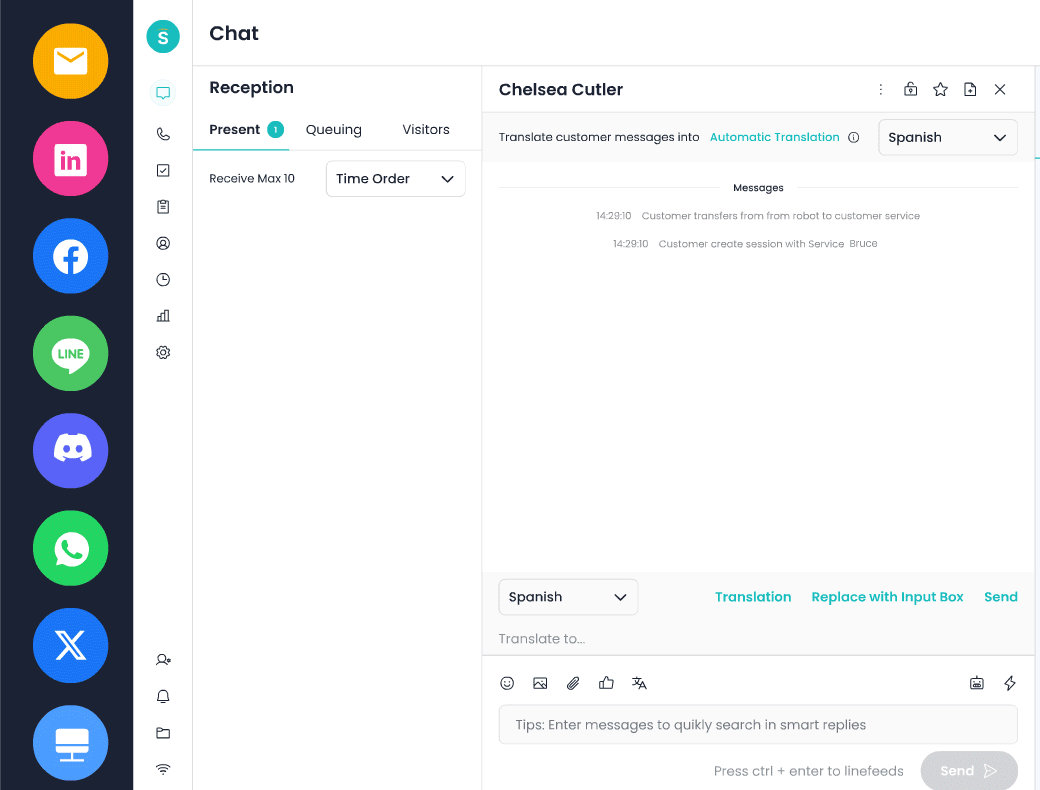
Sobot is a leading provider of advanced customer service solutions, specializing in AI-driven chatbots, live chat, and ticketing systems. With a mission to enhance customer engagement and streamline support processes, Sobot.io offers businesses the tools they need to improve their customer service operations effectively.
Sobot’s Capabilities and Technology
AI-Driven Chatbot
- Sobot’s AI-powered chatbot are designed to provide 24/7 customer support, responding to frequently asked questions, resolving common issues, and escalating more complex inquiries to human agents when necessary. This capability has been shown to increase efficiency by about 30%, significantly enhancing the overall customer experience.
Unified Customer Support
- Sobot provides a unified platform that integrates various communication channels, including websites, mobile apps, and social media platforms like WhatsApp, Facebook, and Instagram. This omnichannel approach ensures that customers can reach support through their preferred channels without losing the continuity of their interactions.
Live Chat and Ticketing System
- In addition to chatbots, Sobot features robust live chat capabilities that allow agents to engage with customers in real time. This system is designed for efficiency, enabling agents to manage multiple inquiries simultaneously while providing personalized attention to each customer. The integration of a comprehensive ticketing system further streamlines support operations by allowing agents to track and resolve issues systematically.
Advanced Analytics and Reporting
- Sobot also offers powerful analytics tools that provide insights into customer interactions and agent performance. Businesses can track key metrics such as response times, resolution rates, and customer satisfaction levels. These insights empower organizations to make data-driven decisions that enhance service quality and operational efficiency.
(The information in the article is collected from public channels. If the data or pictures are infringing or inaccurate, please contact us to delete or modify it.)


